- About us
- Support the Gallery
- Venue hire
- Publications
- Research library
- Organisation chart
- Employment
- Contact us
- Make a booking
- Onsite programs
- Online programs
- School visit information
- Learning resources
- Little Darlings
- Professional learning
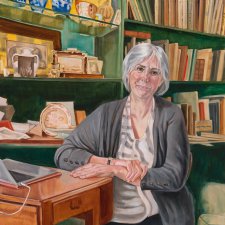
Inga Walton sheds light on a portraiture collection usually only seen by students and teachers at Melbourne University.
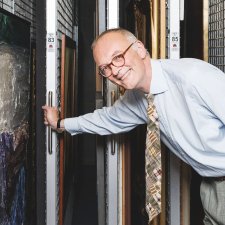
This is my last Trumbology before, in a little more than a week from now, I pass to my successor Karen Quinlan the precious baton of the Directorship of the National Portrait Gallery.
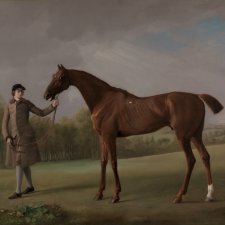
One of the chief aims of George Stubbs, 1724–1806, the late Judy Egerton’s great 1984–85 exhibition at the Tate Gallery was to provide an eloquent rebuttal to Josiah Wedgwood’s famous remark of 1780: “Noboby suspects Mr Stubs [sic] of painting anything but horses & lions, or dogs & tigers.”
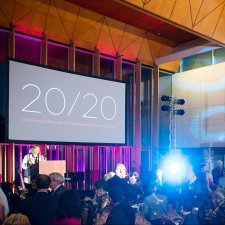
Dr Helen Nugent AO, Chairman, National Portrait Gallery at the opening of 20/20: Celebrating twenty years with twenty new portrait commissions.
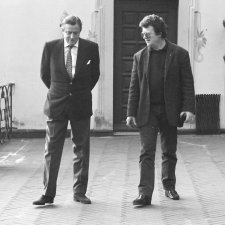
Books seldom make me angry but this one did. At first, I was powerfully struck by the uncanny parallels that existed between the Mellons of Pittsburgh and the Thyssens of the Ruhr through the same period, essentially the last quarter of the nineteenth century.
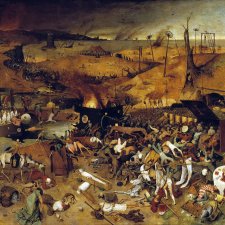
The best horror stories are real. A flea sinks its proboscis into the skin of a sick black rat, feeds on its blood, and ingests lethally multiplying bacteria.
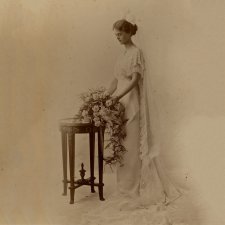
Where do we draw a line between the personal and the historical? Although she died in Melbourne in 1975, when I was not quite eleven years old, I have the vividest memories of my maternal grandmother Helen Borthwick.
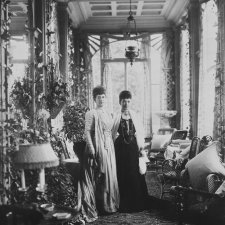
In 1904, the Dowager Empress Marie Feodorovna of Russia purchased as a gift for her sister, Queen Alexandra, a fan composed of two-color gold, guilloché enamel, mother-of-pearl, blond tortoiseshell, gold sequins, silk, cabochon rubies, and rose diamonds from the House of Fabergé in Saint Petersburg.
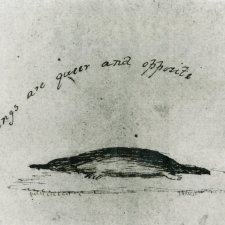
The southern winter has arrived. For people in the northern hemisphere (the majority of humanity) the idea of snow and ice, freezing mist and fog in June, potentially continuing through to August and beyond, encapsulates the topsy-turvidom of our southern continent.
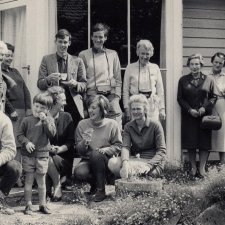
At a meeting by teleconference of the National Portrait Gallery Foundation last week, I found myself reporting that our forthcoming exhibition So Fine is going to be “a humdinger,” whereupon Tim Fairfax chuckled and said that he hadn’t heard that expression for years.
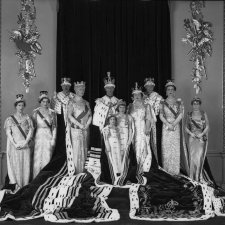
I keep going back to Cartier: The Exhibition at the National Gallery of Australia next door, and, within the exhibition, to Princess Marie Louise’s diamond, pearl and sapphire Indian tiara (1923), surely one of the most superb head ornaments ever conceived.
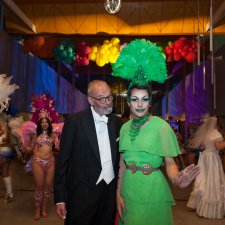
Last month we marked the twentieth anniversary of the formal establishment of the National Portrait Gallery, the tenth of the opening of our signature building, and the fifth of our having become a statutory authority under Commonwealth legislation.
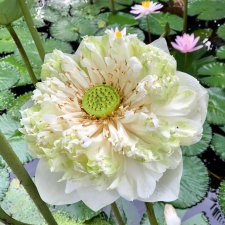
I spent much of my summer holiday at D’Omah, on the outskirts of Yogyakarta. Lotus and waterlilies sprout in extraordinary profusion in artful ponds amid palms and deep scarlet ginger flowers.
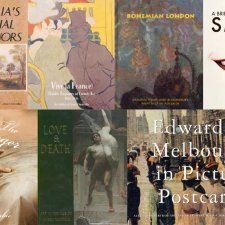
The first index I created was for my first book, and, to my astonishment, that was almost twenty-five years ago.
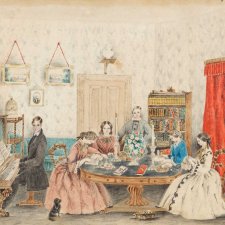
At first glance, this small watercolour group portrait of her two sons and four daughters by Maria Caroline Brownrigg (d. 1880) may seem prosaic, even hesitant
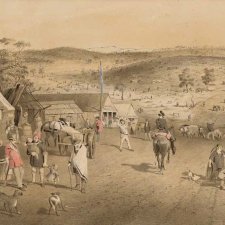
Some years ago my colleague Andrea Wolk Rager and I spent several days in the darkened basement of a Rothschild Bank, inspecting every one of the nearly 700 autochromes created immediately before World War I by the youthful Lionel de Rothschild.
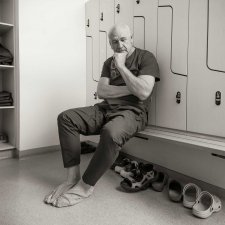
From Cicero through St. Augustine and Coluccio Salutati right up to the present day, we have regularly weighed the significance, respective merits and competing priorities of the “active” versus the “contemplative” life. Can they coexist?
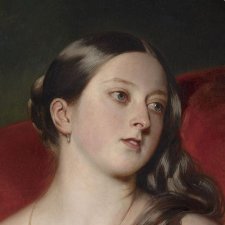
Last Sunday I had the privilege of appearing at the Canberra Writers’ Festival in conversation with Julia Baird. The subject of our session was Julia’s recent biography, Victoria the Queen: An Intimate Biography of the Woman who Ruled an Empire.
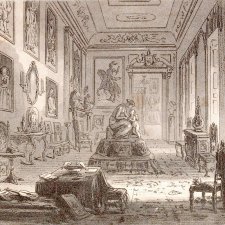
It may seem an odd thing to do at one’s leisure on a beautiful tropical island, but I spent much of my midwinter break a few weeks ago re-reading Bleak House.
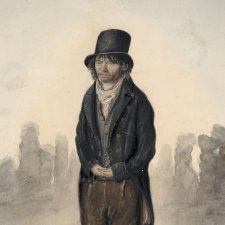
Those of you who are active in social media circles may be aware that through the past week I have unleashed a blitz on Facebook and Instagram in connection with our new winter exhibition Dempsey’s People: A Folio of British Street Portraits, 1824−1844.
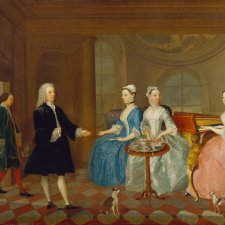
There is in the collection of the Yale Center for British Art in New Haven, Connecticut, an English painting, datable on the basis of costume to about 1745, that has for many years exercised my imagination.

That principle of equity of access has ever since been a noble aspiration for all public art museums, as it is for us here at the National Portrait Gallery.
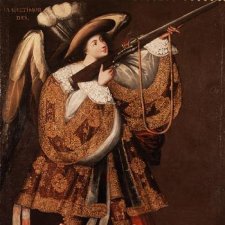
European painters always enjoyed a good deal of latitude in the representation of angels, those asexual, bodiless, celestial regiments of God, so long as they were young and beautiful.

It is now a little more than 178 years since the French Academy of Sciences was made aware of the invention of the daguerreotype process.
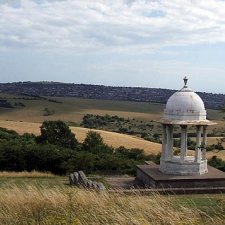
In the earliest stages of the Great War, the Royal Pavilion in Brighton was turned into a military hospital, and arrangements made there to accommodate the different dietary and other requirements of Hindu, Sikh and Muslim patients.
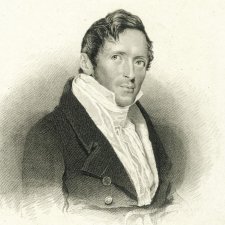
Angus delves into the biographies of two ambitious characters; Sir Stamford Raffles and Sir John Pope-Hennessy.

Nothing quite prepares the first-time visitor to Cambodia for the scale and grandeur of the monuments of the ancient Khmer civilisation of Angkor.

Just in time for Christmas, Angus reflects on the most special present he has ever received.
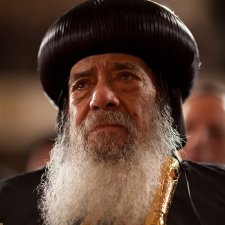
In honour of the launch of the Popular Pet Show, Angus recalls a diplomatic incident with an over-excited golden retriever.
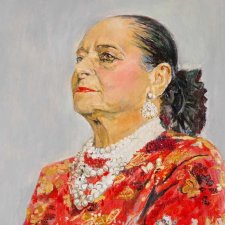
Helena Rubinstein (1872‒1965) was the first self-made millionairess of modern times, and created the first publicly-listed global cosmetics corporation.
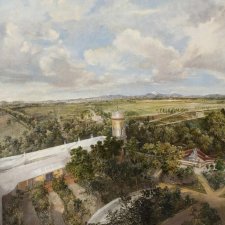
Several years ago I came across this curious painting on the racks in a distant, dusty corner of the store room in the basement of the Johannesburg Art Gallery in South Africa. Since then the mystery surrounding it has never been far from my mind.
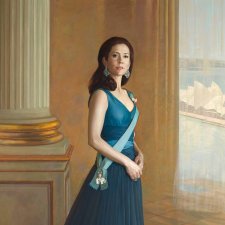
The Chairman, Board, Director and all the staff of the National Portrait Gallery mourn the loss of our Benefactor, Mary Isabel Murphy.
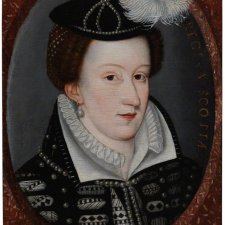
Angus's latest Trumbology is accompanied by the following caveat: 'This one is reeeeeeally geeky.'
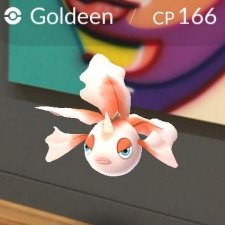
Angus Trumble grabs his life jacket and rides the Pokémon GO tsunami.
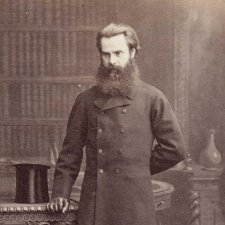
Tennyson's Enoch Arden was inspired by a story that Thomas Woolner passed on to him – but whose story and of whom?
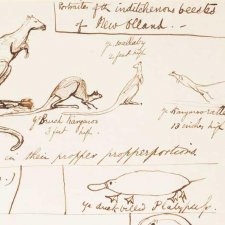
A remarkable undated drawing by Edward Lear (1812–88) blends natural history and whimsy.
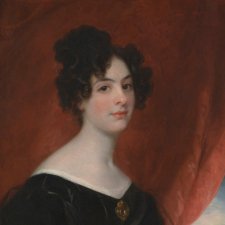
When did notions of very fine and very like become separate qualities of a portrait? And what happens to 'very like' in the age of photographic portraiture?

Each year staff from cultural institutions strut their stuff on the international stage for a chance to win fame, glory and a trophy. But this year our Director, Angus Trumble had other things on his mind...
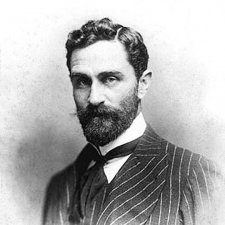
In shock it fluctuates and with age, accelerates. Remembering the First World War and the Easter Rising.
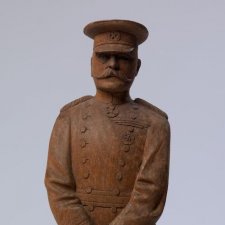
Once central to military strategy and venerated in patriotic households, Lord Kitchener is now largely forgotten.
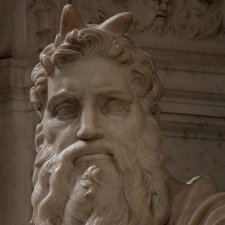
Angus Trumble explores the creative manifestations of radiance.
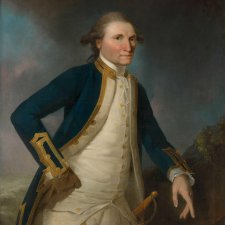
The National Portrait Gallery mourns the loss of one our most generous benefactors, Robert Oatley AO.
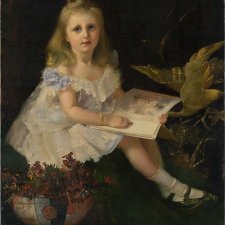
This week it is impossible not to contemplate the ways in which France has touched many Australian lives.

Desperately seeking Woolner medallions

The long life and few words of a vice-regal cockatoo
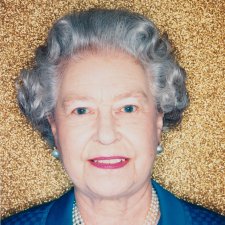
Queen Elizabeth II is now the longest-reigning British sovereign
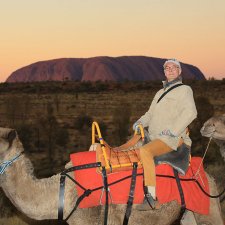
Angus' initial perception of Uluru shifts, as he comes to see it as central to the entire order of Anangu life.
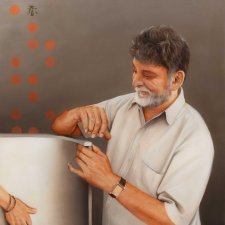
Eminent doctors and scientists have for more than a century consistently caused our nation to punch far above her weight.
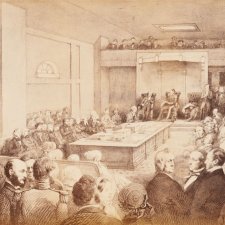
On this day eight hundred years ago at Runnymede near Windsor, King John signed Magna Carta.
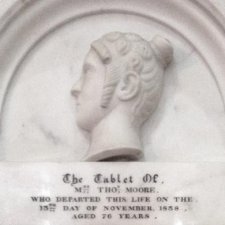
Beyond the centenary of the ANZAC landings at Gallipoli, a number of other notable anniversaries converge this year. Waterloo deserves a little focussed consideration, for in the decades following 1815 numerous Waterloo and Peninsular War veterans came to Australia.
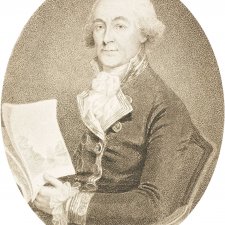
I have been reading systematically through the ads in the earliest issues of the Sydney Gazette and New South Wales Advertiser, such a rich vein of information about certain aspects of daily life in Regency Sydney.

"Coo-ey, Coo-ey, Coo-ey, Coo-ey—Love has caught the strain, Coo-ey, Coo-ey, Coo-ey, Coo-ey—it whispers back again." The “Australian lady” who composed these fruity lyrics was none other than Desda— Jane Davies, sometime Messiter (née Price) of Leddicott, Lavender Bay.
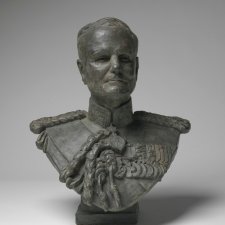
Just now we pause to mark the centenary of ANZAC, the day when, together with British, other imperial and allied forces, the Australian and New Zealand Army Corps landed at Gallipoli at the start of the ill-starred Dardanelles campaign.
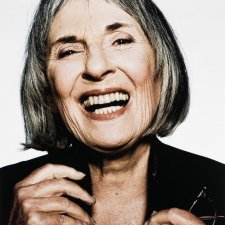
The National Portrait Gallery mourns the loss of our colleague and friend Betty Churcher, AO.
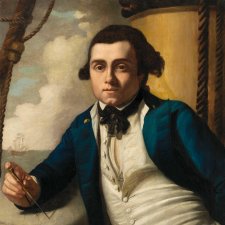
The life of William Bligh offers up a handful of the most remarkable episodes in the history of Britain’s eighteenth and early nineteenth-century maritime empire.
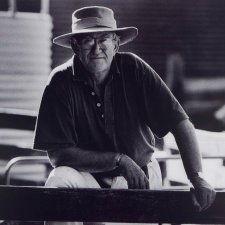
The Right Honourable Malcolm Fraser, AC, CH, who died in Melbourne on 20 March, was the last surviving prime minister of Australia to have been sworn of H.M. Privy Council (in 1976)—hence the “Right Honourable”.
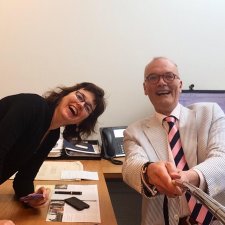
Last week ABC Television came to interview me about selfie sticks. The story was prompted by the announcement that the Metropolitan Museum of Art in New York has lately prohibited the use of these inside their galleries. So far as I am aware we have not yet encountered the phenomenon, but no doubt we will before too long.

At the end of a summer break one is tempted to say that there is nothing much to report. Isn’t one restful holiday very much like another?
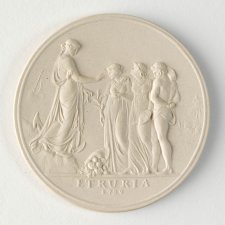
In recent years I have become fascinated by the so-called Sydney Cove Medallion (1789), a work of art that bridges the 10,000-mile gap between the newly established penal settlement at Port Jackson and the beating heart of Enlightenment England.
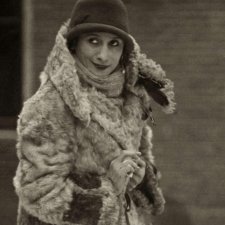
It is a painful truth, but one which must be faced up to, that the pavlova, that iconic Australian dessert, a staple since the 1930s, was actually invented in New Zealand.
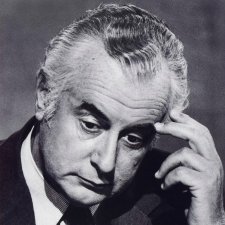
On the day before the Hon. E. G. Whitlam, AC, QC, died last month, at the great age of 98, there were seven former prime ministers of Australia still living, plus the incumbent Mr. Abbott – eight in all.

This month I turn fifty, soI am just now looking rather more closely than usual at Fiona Foley, Steven Heathcote, Brenda Croft, Russell Crowe, Jeff Fenech, Akira Isogawa, Lee Kernaghan, My Le Thi, Shona Wilson and Mark Taylor AO, mindful that they too were 1964 arrivals.
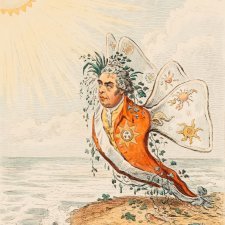
The caricaturist and engraver James Gillray's biting satires about Sir Joseph Banks.

I agonized over the choice of four songs to take with me to the ABC Studios for Alex Sloan’s Canberra 666 afternoon program, a sort of iteration of the old BBC Desert Island Discs.
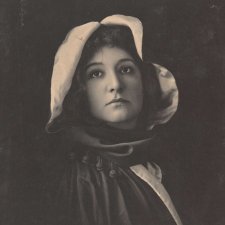
A question lately cropped up in connection with Madame Melba as to whether fame and celebrity are not essentially the same thing. My feeling is that they are different.
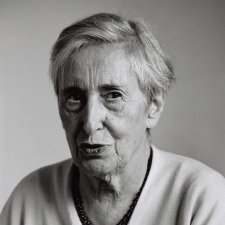
I first knew Dr. Hoff when in 1986, long after retiring from the National Gallery of Victoria, she taught a graduate seminar on Rembrandt.
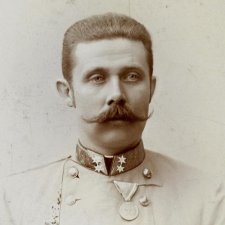
The immediate chain of events that led to the outbreak of the First World War began 100 years ago on June 28.
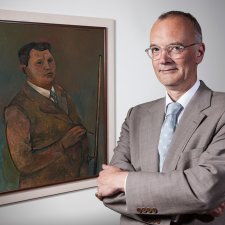
In Persuasion (1818), a long walk on a fine autumn day affords Anne Elliot an opportunity to ruminate wistfully and at great length upon declining happiness, youth and hope.
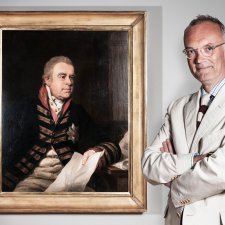
Portraits can render honour to remarkable men and women, but there are other ways.
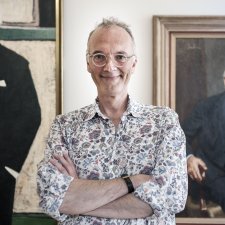
Fortunately, perhaps, there is no instruction manual for newly appointed art museum directors.